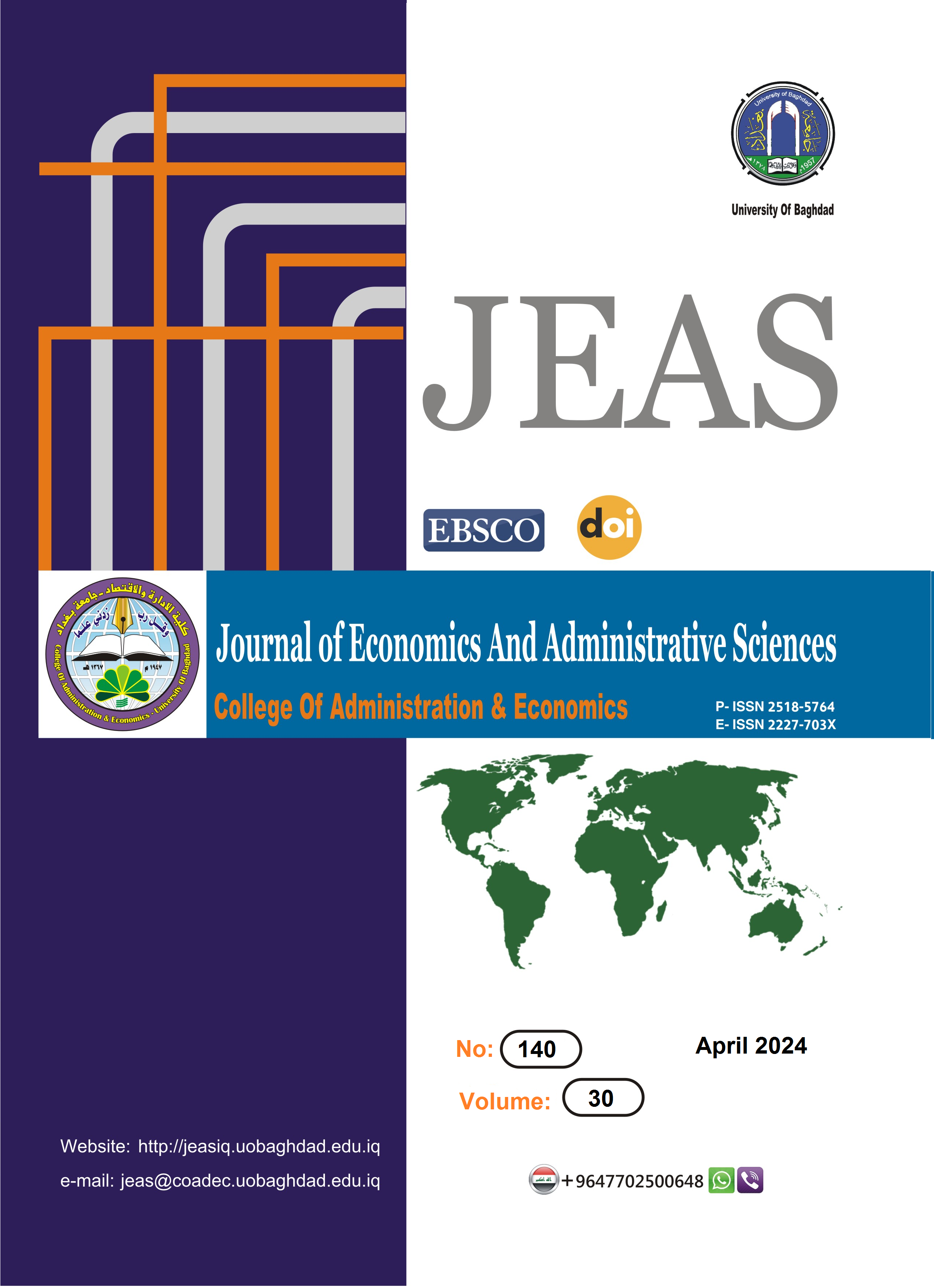The Role of Taxes In Developing the Industrial Sector in Iraq for the Period (2015-2021)
DOI:
https://doi.org/10.33095/7xy6m965Keywords:
Taxes, Industrial Sector, GDP, Tax Burden.Abstract
The Iraqi economy contends with structural production imbalances attributable to challenges afflicting the industrial sector, thereby engendering a monolithic economic landscape bereft of diversification to address these concerns and realize developmental imperatives, it becomes imperative to formulate strategies and policies conducive to stimulating, supporting, and safeguarding the industrial sector. Thereby ameliorating the economic landscape and rectifying distortions in the production structure within this framework, taxes emerge as a pivotal instrumentality for fostering industrial sector growth, employing the tax burden index and the industrial sector's contribution ratio to the gross domestic product, the researcher endeavors to elucidate the nuanced relationship between taxes and industrial sector growth in Iraq. The study's primary objective is to comprehensively analyse the tax contribution ratio and the industrial sector in Iraq, discerning the intricate interplay between taxes and industrial growth to enhance its contribution to the gross domestic product and facilitate economic diversification. The findings underscore a nuanced equilibrium, spotlighting the instrumental role of taxes in directly or indirectly catalyzing industrial sector growth through a repertoire of strategic tools, including tax incentive policies and the exemption of imported capital goods, such as machinery, equipment, and apparatus, from customs duties. This strategic approach aims to buttress producers by alleviating the fiscal burden, reducing operational costs, augmenting profitability, fostering the adoption of cutting-edge technology, and refining methodologies intrinsic to the production process.
Paper: A research paper derived from a dissertation
Downloads
Published
Issue
Section
License
Copyright (c) 2024 Journal of Economics and Administrative Sciences

This work is licensed under a Creative Commons Attribution-NonCommercial-NoDerivatives 4.0 International License.
Articles submitted to the journal should not have been published before in their current or substantially similar form or be under consideration for publication with another journal. Please see JEAS originality guidelines for details. Use this in conjunction with the points below about references, before submission i.e. always attribute clearly using either indented text or quote marks as well as making use of the preferred Harvard style of formatting. Authors submitting articles for publication warrant that the work is not an infringement of any existing copyright and will indemnify the publisher against any breach of such warranty. For ease of dissemination and to ensure proper policing of use, papers and contributions become the legal copyright of the publisher unless otherwise agreed.
The editor may make use of Turtitin software for checking the originality of submissions received.


























